AMD-OpenAI Deal Shakes Up AI Stock Market: Is AMD or Nvidia the Better Investment?
AMD's Groundbreaking Deal with OpenAI: AI Investing Landscape Shifts
Advanced Micro Devices (AMD) has made headlines with its recent agreement with OpenAI, altering the landscape for stocks and investing in artificial intelligence (AI) technology. Uniquely, AMD is providing chips to OpenAI in exchange for shares that vest as performance milestones are met. This innovative deal hints at a potential long-term partnership, aiming to challenge Nvidia’s lead in AI computing hardware.
However, since the news broke, AMD's stock price has surged, climbing over 40% since early October. This rapid growth prompts investors to analyze stocks carefully—does AMD remain a strong buy, or does Nvidia still offer superior investment returns?
OpenAI's Strategic Partnerships with AMD and Nvidia
It’s vital for investors to examine the broader strategy for investing in AI. OpenAI recently secured deals with both AMD and Nvidia, as well as Broadcom. Broadcom’s agreement involves a straightforward $10 billion chip purchase, making it different from AMD’s uniquely structured partnership. With AMD, OpenAI receives the option to invest in AMD at favorable prices through warrants, which could lessen the net chip costs if AMD’s stock performs well.
Analysts anticipate this could create a ripple effect: should OpenAI succeed with AMD’s hardware, other hyperscale AI companies may follow suit. This approach could allow AMD to catch up in the AI arms race, yet it looks like a bold attempt to challenge Nvidia’s dominance.
Notably, OpenAI’s September partnership with Nvidia involves OpenAI deploying at least 10 gigawatts of Nvidia’s computing power, with Nvidia investing up to $100 billion in OpenAI. In contrast, AMD’s deal covers about 6 gigawatts. This significant difference underscores Nvidia’s continued leverage and highlights why many analysts still see Nvidia as the performance stocks leader in AI.
AMD Stock’s Dramatic Rise — Too Expensive Now?
Following the OpenAI announcement, AMD shares now trade at nearly 40 times projected 2026 earnings, while Nvidia’s forward PE ratio is under 30. However, these figures could shift as Wall Street analysts update forecasts to reflect the latest deals. It’s worth noting that the first AMD-OpenAI hardware sales are unlikely before the second half of 2026, leaving a waiting period for tangible financial results.
Which Is the Better AI Stock to Buy: AMD or Nvidia?
Investors seeking the best strategy for investing in AI stocks should be cautious. We’re about a year away from AMD’s first hardware installment, and it remains unclear how AMD’s chips will compare to Nvidia’s widely adopted solutions. While OpenAI may experiment, most companies see excellent results from Nvidia's technology and show little intention of switching suppliers frequently. For now, Nvidia continues to deliver strong results and holds multiple deals with major AI players.
While AMD’s position is improving, and its recent deal is significant, it may be premature to declare it the winner of this AI technology race. Nvidia appears to remain the top AI investment, but AMD could become a worthwhile contender if its partnership brings meaningful growth in the coming years. Given the recent rally, investors might consider waiting for a more attractive entry point into AMD to maximize potential investment returns.
This content is for informational purposes only and does not constitute financial advice.

